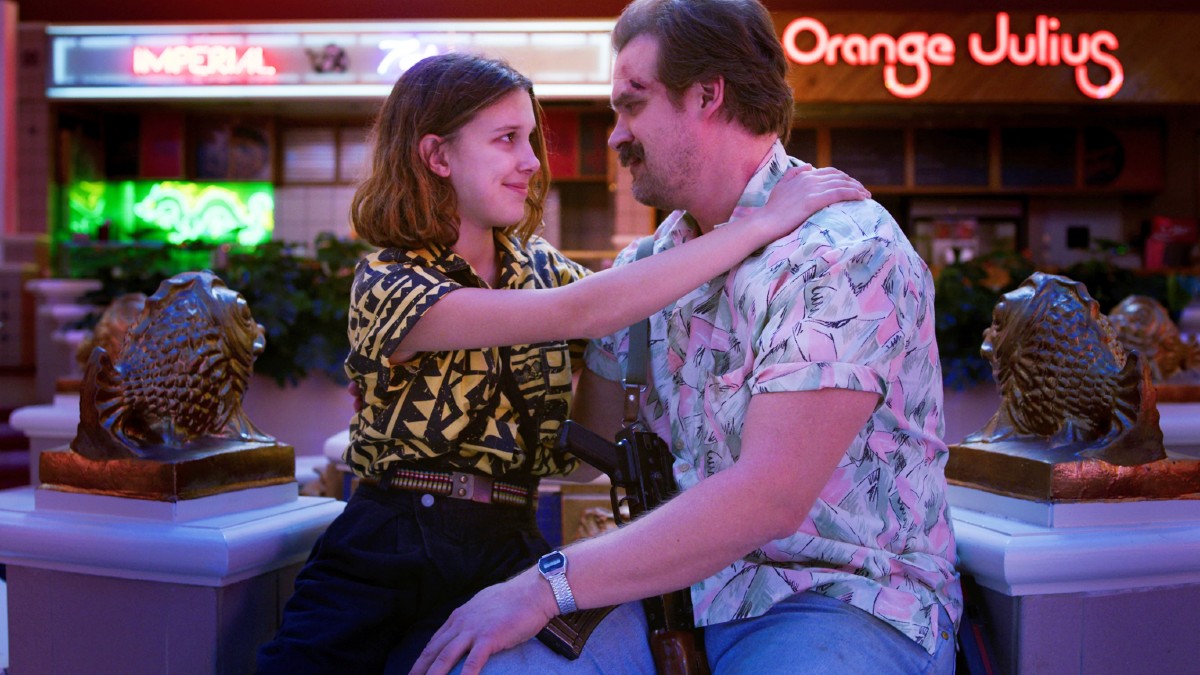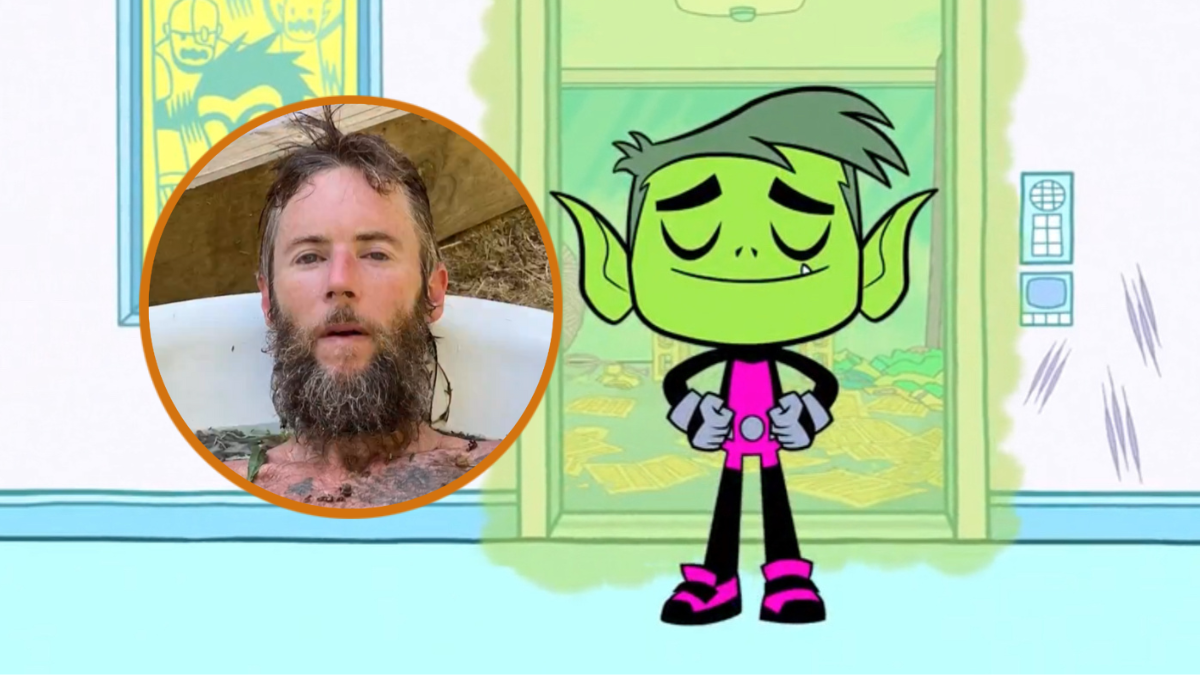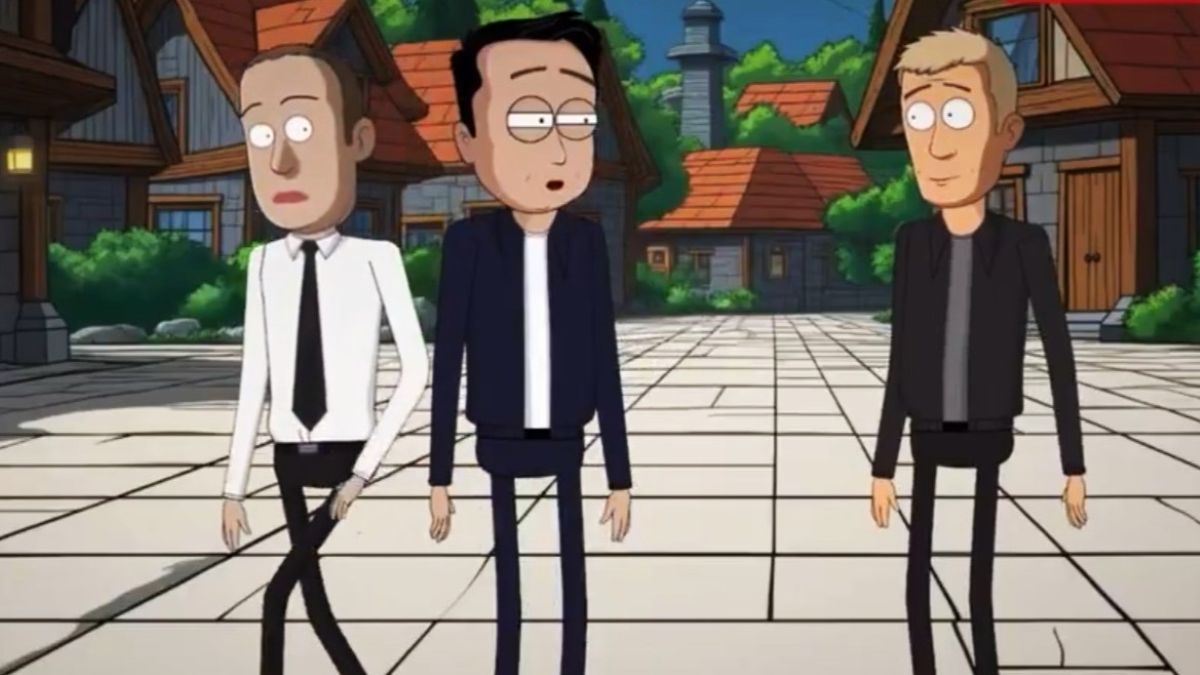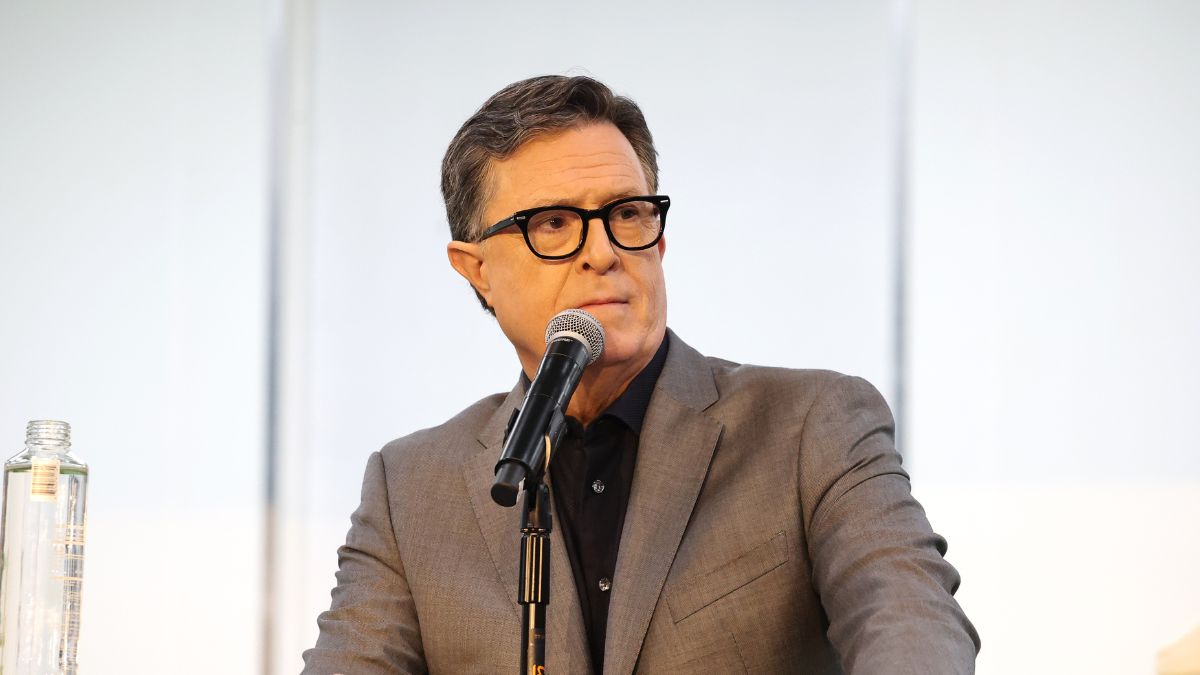
The following post contains spoilers for season 1 and 2 of The Killing.
Last Sunday evening, the audience of The Killing were able to tune into AMC and finally receive the answer to the question they’ve wanted to know for over a year and a half and across the span of 26 hours of television: Who killed Rosie Larsen? When the answer was finally revealed, it proved to be an emotional surprise for many when Terry Marek, Mitch Larsen’s sister, was found to be the accidental murderer of Rosie.
Unfortunately, the audience hit rate for The Killing went down rapidly this year and no episodes from season 2 hit the highs of the first. For example, the Season 1 premiere received 2.72 million viewers, while the Season 2 premiere got around 1.8 million. This is strange for an AMC product. Other shows on the network like Mad Men, Breaking Bad and The Walking Dead have all increased their viewer base over the years. This season, The Killing averaged around 1.5 million for the year, which when compared to last year’s average 2.2 million, suggests that the audience became disillusioned with the show’s central mystery and that the overall quality dropped.
Or, you could say that the uncalled for violent reaction that the Season 1 finale received from the critics killed a significant portion of the audience. The hideous reaction that greeted the final episode was hyperbolic to say the least, the cliffhanger ending and the lack of resolution came under heavy fire. Many critics were verbally assaulting showrunner Veena Sud, saying that she tricked her audience and sold them short.
It was a very unfair thing to throw at Sud, who had delivered a pretty spectacular first season. It is a great credit to her that the quality continued into Season 2 despite the collected critical gnashing of teeth. The Killing is a revolutionary take on the police procedural, taking its cues from the Danish original but also developing its own separate ideas, visual style and approach towards the narrative developments.

It is highly unusual for a show of this kind to extend its narrative for this long and to expect the audience to keep up with it. Most police procedurals or detective dramas will solve its central mystery by the end of their season if not the end of their episode. But stretching it out for this long allows the show to actively reflect on what detective work is like, a long haul affair with a lot of dead ends and mistakes.
In some way it is kind of an experiment to do a genre piece in this way and by breaking the rules they upset a lot of people, mostly critics, who for some reason totally took against the cliffhanger at the end of Season 1. I’m not exactly 100% sure what the big deal was over the cliffhanger ending. Plenty of shows have done it before, even in their first seasons, 24 and Lost are two examples, and they were both critically acclaimed in their initial premieres.
Of course, both of those were very high concept, very audience friendly pieces and The Killing is a slower, more reflective character piece, but it’s still driven by plot. It was the approach they took which is very unusual, focusing incrementally on the investigation and allowing pieces of the puzzle to be unravelled very slowly. It grabbed a structure and genre we thought we knew well and tried to do something interesting and fresh with it. But, when they resorted to more formulaic storytelling methods and used the cliffhanger, this was deemed as an abuse of the audience’s trust.
I find it exciting that a show can do something like that, the Season 1 finale really stirred up the investigation and things were not as they seemed and neither were the characters. Therefore, it allowed an already commissioned Season 2 some room to breathe in terms of where the story would be taken. Others were not so keen, the dangling plot strands were frustrating and the fact that the case wasn’t solved was deemed to be a condescending note to the audience, inviting them back to watch more just so they can see the resolution.

I don’t think this is the case though. I think the writers knew they had great characters and more importantly, great actors at their disposal, which is they didn’t want to wholly change it up after 13 episodes. Also, this is a continuing series, they were guaranteed a second season so why not use that to their advantage and tell a more wholesome story?
I’m not quite so sure where the backlash came from or why it took place to begin with. The Killing is an impeccably well made show. It looks incredible for starters, the rainy grunge of Seattle fits perfectly to the darkness of the story and the interior pain of the characters and the dour setting befits the world that the writers had set up. It also saw a totally new side of an American city we haven’t seen much on TV outside of Frasier, there isn’t a space needle in sight and it is a sign of a great piece of filmmaking that the makers don’t have to resort to flashing landmarks in order to capture the flavour of a location.
The acting is magnificent too and Mireille Enos and Michelle Forbes are flawless. Both emotionally troubled mothers but both playing the parts in very different ways. Enos’s steely faced Linden has to be a solid presence in both her job and in her role as a single mother, whilst Forbes plays the devastated Mitch Larsen as a woman who has the support but needs to take her own path. Both roles bring an emotional depth to the story that becomes lost in most murder mysteries.
The effect on the bereaved family though is the biggest breath of fresh air, thanks to Forbes and Brent Sexton who plays the troubled, tough bastard Stan Larsen, who’s past is brought back to haunt him as the family gets further embroiled in the investigation. That for me was where the true heart of the show lay.

The Killing was consistently excellent throughout (if not as surprising or unique as the Danish original), even as it entered its second season. It has its flaws and it isn’t structured to perfection like its AMC siblings: Mad Men and Breaking Bad (for example, Darren Richmond’s story arc this season was little more than ancillary and did bring other story lines down), but by the end when his arc tied back in with the resolution, it did work.
And while there were also too many red herrings when there didn’t need to be, the chemistry between Enos and Joel Kinnaman‘s Stephen Holder was gripping and emotionally satisfying enough to carry the show through its 13 episodes. Despite some missteps, the quality remained high through Season 2 and matched the standard of Season 1.
Due to an intensely hostile critical reaction, people tuned out and you yourself may have been put off by it, which would be a shame. This is a show that didn’t deserve it. It is so well made, so well acted and all round gripping entertainment that its hard to deny it as an artistic accomplishment. It may test patience at times because it is at least trying to do a couple of things we haven’t seen before but you shouldn’t miss out on this underrated treat just because elitist critics weren’t keen. Sometimes they can be wrong.










Published: Jun 21, 2012 04:54 pm